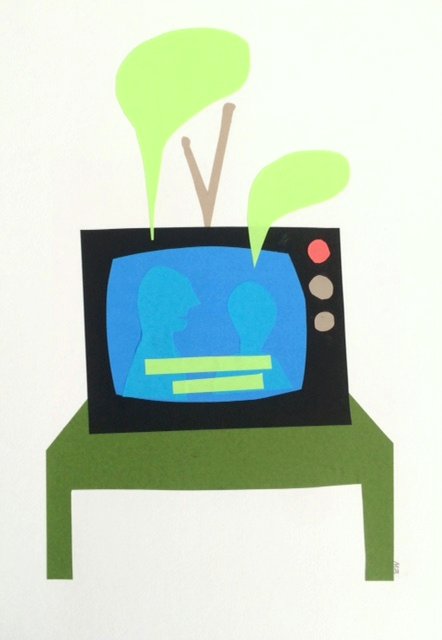Closed Captions and Video Transcription

When looking to create closed captions for your video, you might be wondering about the relationship between closed captioning and video transcription. What is the difference? (While you’re at it you can also read this post about subtitling.)
Both transcription and closed captioning convert speech (and sometimes other sounds) into text. Here are some differences: A transcript exists independently whereas captions are part of the video. Video transcription produces a text document – you can read it on its own, on paper or screen. Closed captions, on the other hand, are a visual representation of the soundtrack which appears on the screen as the video plays. You see them at the bottom of the television screen at the airport when the sound is turned off. They are what help your grandmother watch the news without her hearing aid.
A transcript may or may not include time coding. Closed captions must use time codes and synchronize with the sound and visuals. In order to create closed captions, you need a time coded transcript. Then you must divide up the text to match particular moments in the video, and display the words just as they are being spoken.
How Do You Use Video Transcription and Closed Captions?
Video transcripts have many purposes. Just a few examples: a creative aid, a historical document, a searchable document, a legal record. Captioning helps with communication of audio information in real time to people with hearing difficulties, language barriers, and in environments where the audio must be muted, or where there is background noise which makes hearing difficult. Many people learning languages and improving their reading skills use videos with captions to study.
Transcripts and closed captions can both be verbatim, or they can be edited. Both might include non-speech sounds, or they might be limited to spoken language.
- Topics:
- Best Practices
- Famous Transcripts
- Local Color
- The Wide World of Transcription
- Tigerfish News
- Transcription Technology
- Transcription Tips
- Video Transcription
- What is Transcription?

 See More
See More 


